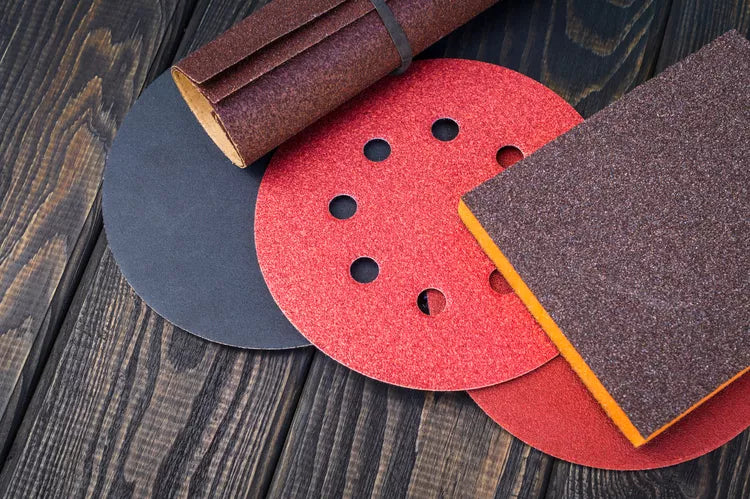How sandpaper is made?
Sandpaper Is a Versatile Abrasive Material Used for Smoothing and Shaping Surfaces. It Typically Consists of Three Main Components:
-
Backing Material: The Backing Material Provides Stability and Support to the Sandpaper. It Can Be Made From Various Materials, Such as Cloth, Paper, or Synthetic Fibers Like Polyester or Rayon. The Choice of Backing Material Depends on the Intended Use and Desired Durability of the Sandpaper.
-
Adhesive: An Adhesive Is Applied to Attach the Abrasive Grains to the Backing Material. This Adhesive Layer Ensures That the Abrasive Particles Remain Securely Fixed During Use. Depending on the Type of Sandpaper, Different Adhesives Such as Glue or Resin Are Used.
-
Abrasive Grains: Abrasive Particles Are Embedded in the Adhesive Layer and Are Responsible for the Actual Sanding Process. The Abrasive Grains Can Be Made of Various Materials, Including Minerals Like Aluminum Oxide, Silicon Carbide, or Garnet. The Choice of Abrasive Material Depends on the Desired Level of Abrasion, the Intended Surface, and the Material Being Worked On.
The Process of Making Sandpaper Involves Coating the Backing Material With Adhesive, Scattering the Abrasive Particles Onto the Adhesive, and Applying Additional Layers of Adhesive to Secure the Particles in Place. Finally, the Sandpaper Is Dried, Cut Into Sheets or Rolls, and Packaged for Distribution.
Different Types and Grades of Sandpaper Are Available, Offering Varying Levels of Grit or Coarseness. Higher Grit Numbers Indicate Finer Abrasives, Suitable for Smooth Finishing, While Lower Grit Numbers Indicate Coarser Abrasives, Suitable for Heavy Material Removal or Rust Removal.
Continue Reading


